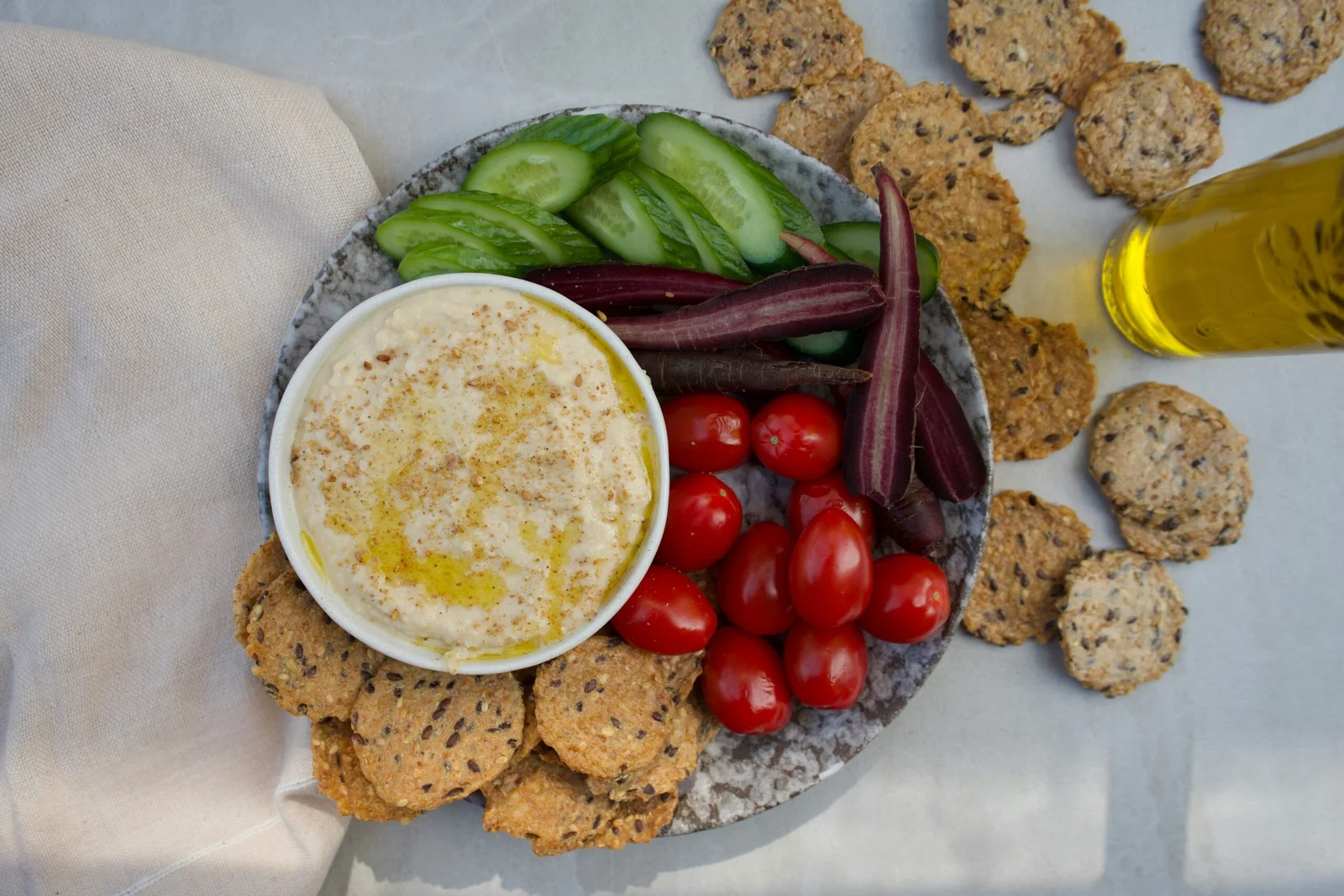Tahhiini: Guide of making, Benefits and Uses
When it comes to a world of healthy eating and Mediterranean cuisine, there is hardly a dish that got as much fame as tahhiini. Having a creamy texture with a nutty taste, tahhiini has been a household favorite in the Middle East diets since the centuries past. The highly nutritionally dense vegetable is popular in many countries today due to its versatility and the value that it adds to savory and sweet foods.
What Is Tahhiini?
Tahhiini is a paste prepared of ground sesame seeds. The preparing of the seeds varies, so there are unhulled, raw and roasted seeds of tahhiini, providing it with various degrees of flavor. It is common in the cuisines of Middle East, Mediterranean, and North Africa, and commonly utilized as a base stuffing in dips, dressing, and sauces.
Tahini is also sometimes spelt tahhiini, although it means the same thing.
The nutritional value of Tahhiini
Not only is Tahhiini delicious but a nutritious food full of beneficial nutritional value. Serving size measures in just one or two tablespoons, but carries great volume in the way of vitamins, minerals and healthy fats.
- Rich in Healthy Fats – Has polyunsaturated and monounsaturated fats that are good to the heart.
- Rich in Protein – It has a plant-based protein source, which makes it good to suit a vegetarian and vegan diet.
- Full Of Minerals – Calcium, magnesium, phosphorus and iron all play an essential role in the strength of the bones and also energy output.
- Antioxidant Effects- Has properties of lignans such as sesamin and sesamol, which act in decreasing inflammation.
Conventional Consumptions of Tahhiini
In Middle Eastern food, tahhiini plays a central part in a number of well-known dishes:
Hummus also known as Chickpea paste; this is blended with lemon juice, garlic into a paste or liquid consistency.
- Baba Ghanoush -Served with toasted eggplant to create a smoky, savorie spread.
- Halva -dessert made of tahhiini and sugar.
- Dressings and Sauces – Used with lemon juice and combined with herbs and garlic to make a tangy dressing sauce to be used with salads and falafel.
Modern Uses of Tahhiini
Beyond traditional recipes, tahhiini has found a place in global cuisine. Chefs and home cooks alike use it in innovative ways:
- Creamy smoothies are added to.
- I drizzled over roasted vegetables
- It is also used as a spice to enhance the nutty flavor in baked sweets.
- Takes the place of cream in making soups and sauces, when cream movements are desired.
Steps on Tahhiini Storing and Use
Freshness Tahhiini should be kept in an airtight container. After the opening, it is advisable to store in a dry cool place or in a fridge. The natural oils might separate with time and thus a brief stir before hand puts it back to its smooth texture.
The Reason Why Tahhiini Is becoming more popular.
The growing appetite of plant-based diet and global food culture has created tahhiini to shine. It is flexible, vegan, gluten-free and nutritious. Its color combined with the favoritism of spreading tahhiini on bread, in a salad, or as the foundation of a sauce continue serving as a recipe to its growing popularity.
Conclusion
Tahhiini is much more than a sesame paste, it is a superfood that has a comprehensive history of Tahhiini, is deeply culturally oriented, and can be used in a number of various ways. Dip in the tahhiini whether you are trying a new recipe or making a classic hummus or simply seeking some nutrient-dense vegetable food to add to your kitchen, tahhiini is an ingredient you need to check off your grocery list.














Post Comment